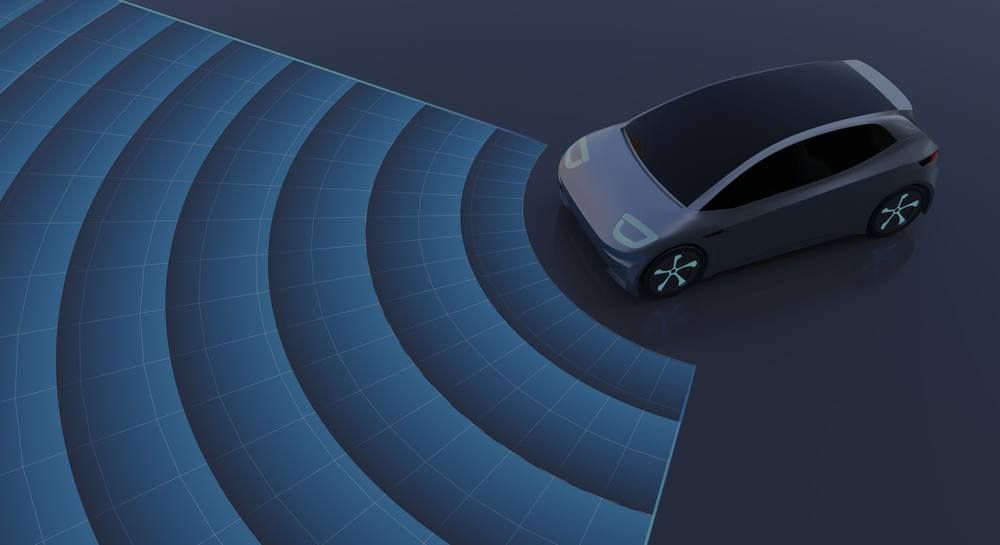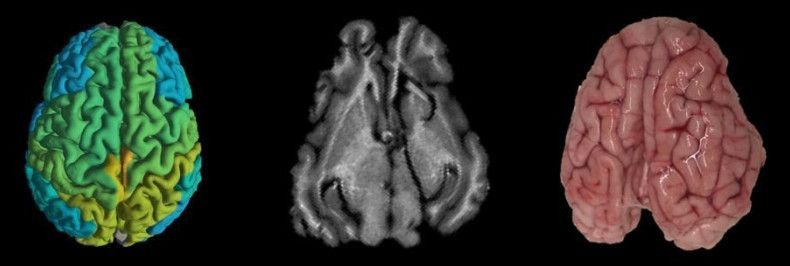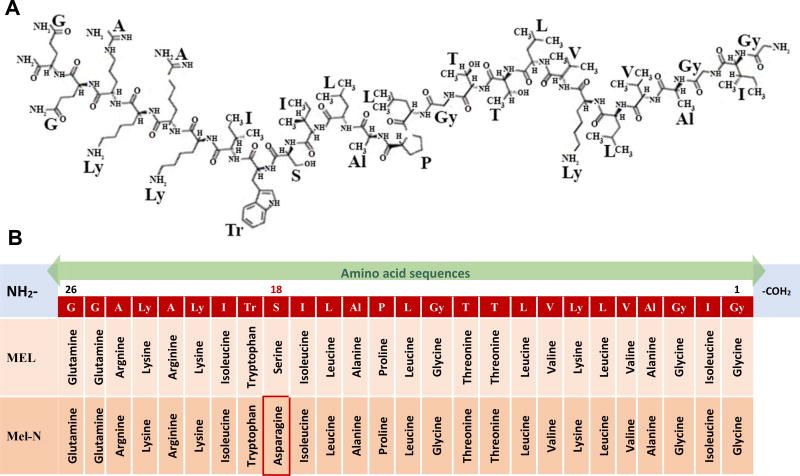A total of 5,726 participants had their memory tested. Out of the 24 substances that were assessed for improving memory, these are the 5 most promising nootropics.


The self-driving car could transform our ideas of space and time, enabling us to do more of the things we love and less of the ones we loathe. Here are some of the most fascinating potential uses.


A banner streak of wealth gains came to an end Thursday for the world’s richest technology billionaires.
The industry’s 10 wealthiest people had $44 billion erased from their collective net worths as U.S. equities tumbled the most in almost three months over investor concerns about frothy valuations.

Groups of stars can tear their planet-forming disk to shreds, leaving behind warped, misaligned rings, scientists find in a breakthrough study.
Solar systems like ours generally form with their planets all orbiting in the same, flat plane. But, as an international team of scientists has found in a new study, this isn’t always the case.
Please have a listen to Episode 14 of Cosmic Controversy with guest Julie Castillo, NASA’s Dawn mission project scientist. We spend much of the episode discussing the beguiling dwarf planet Ceres and the need for a sample return mission.
This week’s guest is NASA Dawn project scientist Julie Castillo-Rogez who led the hugely successful robotic mission on the first in-depth look at the asteroid Vesta and the dwarf planet Ceres. Castillo talks about why there’s a growing consensus that Ceres may have long had habitable subsurface conditions and why we need a sample return mission to launch in 2033. We also discuss Mars’ moons of Deimos and Phobos and the first interstellar asteroid, Oumuamua.

The researchers, Prof. Itamar Kahn of the Technion’s Rappaport Faculty of Medicine in Israel and Prof. Nancy Ratner of Cincinnati Children’s Hospital Medical Center (CCHMC), claimed that such a breakthrough demonstrates a potential new treatment for cognitive damages in the brain white matter, the areas of the central nervous system.

Melittin (MEL), a major peptide component of bee venom, is an attractive candidate for cancer therapy. This agent has shown a variety of anti-cancer effects in preclinical cell culture and animal model systems. Despite a convincing efficacy data against variety of cancers, its applicability to humans has met with challenges due to several issues including its non-specific cytotoxicity, degradation and hemolytic activity. Several optimization approaches including utilization of nanoparticle based delivery of MEL have been utilized to circumvent the issues. Here, we summarize the current understanding of the anticancer effects of bee venom and MEL on different kinds of cancers. Further, we also present the available information for the possible mechanism of action of bee venom and/or MEL.
Keywords: Bee venom, Melittin, Melittin conjugates, Cancer management, Anti-cancer effects.
Cancer is one of the major ailment effecting humankind and remains as one of the leading causes of mortality worldwide. The current available data suggests that over 10 million new patients are diagnosed with the disease every year and over 6 million deaths are associated with it representing roughly 12% of worldwide deaths. Fifteen million new cancer cases are anticipated to be diagnosed in the year 2020 [1] which will potentially increase to over 20 million by 2025 [2] and more in years to come. It is also anticipated that the growth and aging of the population may increase the new cancer cases to 21.7 million with about 13 million cancer deaths by the year 2030 [3].
What do you think about this technology? Would you wear one?

The moon is turning ever so slightly red, and it’s likely Earth’s fault. Our planet’s atmosphere may be causing the moon to rust, new research finds.
Rust, also known as an iron oxide, is a reddish compound that forms when iron is exposed to water and oxygen. Rust is the result of a common chemical reaction for nails, gates, the Grand Canyon’s red rocks — and even Mars. The Red Planet is nicknamed after its reddish hue that comes from the rust it acquired long ago when iron on its surface combined with oxygen and water, according to a statement from NASA’s Jet Propulsion Laboratory (JPL) in Pasadena, California.
Toyota is funding the creation of a ‘flying car’ and it just took its first public test flight via NowThis.